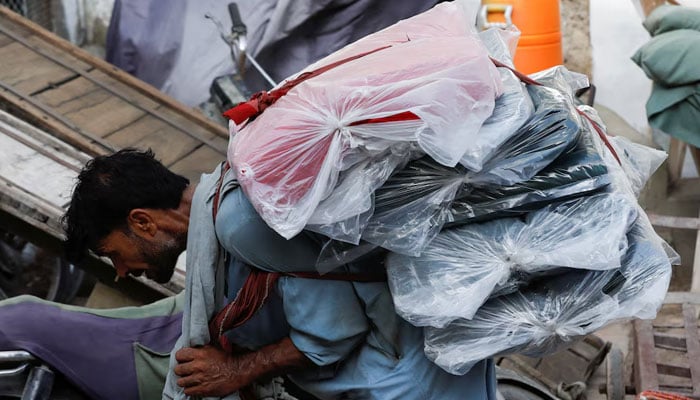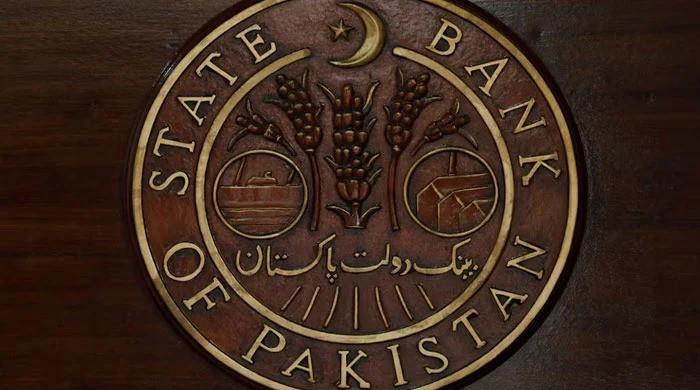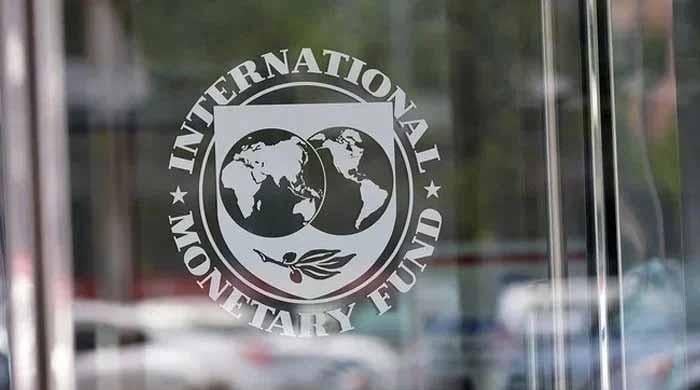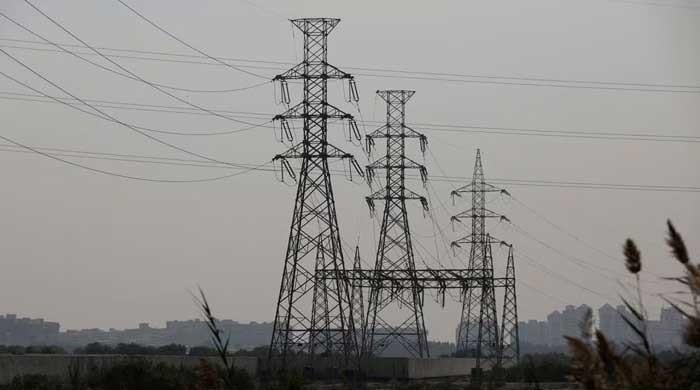Budget FY26: A transformative path for next fiscal year
Progress in formalisation of economy limited as large cash economy of around Rs9,400bn continues to thrive
June 06, 2025

As FY25 closes and the nation awaits the Federal Budget FY26, a profound anticipation hangs in the air. The weight of expectation rests heavily on authorities, for this budget can be more than mere numbers — it can be a bold, transformative blueprint, seizing the opportunity to reshape our macro-fiscal framework.
Federal Budget FY26 must design Pakistan's fiscal framework based on a trio of foundational pillars: Good for Growth Reforms, Comprehensive Expenditure Reforms and Equitable Domestic Resource Mobilisation (DRM) Reforms.
This integrated approach can create a fertile ground for private sector investment, as the state's footprint recedes, planting seeds of sustainable growth and widespread prosperity. This blueprint should guide the nation toward a future where DRM is a shared journey, fostering a fairer, simpler and more business-friendly Pakistan.
Good for Growth Reforms: In the context of Federal Budget FY26, Good for Growth Reforms must focus on measures that stimulate economic activity, attract investment (both domestic and foreign), enhance productivity, improve competitiveness, and promote sustainable development, while addressing underlying structural imbalances.
Formalising Pakistan's economy is crucial, yet progress has been limited as a large cash economy, estimated at nearly Rs9,400 billion, continues to thrive. Pakistan must shift from punitive measures to a strong, incentive-based approach to change this.
A key step is promoting digital government payments, such as poverty alleviation funds, through RAAST/(Inter-Bank Fund Transfer) and digital wallets in FY26, which can significantly enhance financial inclusion. To further embed this shift, authorities should aim for a large number of active RAAST QR codes, debit and credit cards, supported by a preferential GST rate of 10% for digital transactions versus 18% for cash. This clear choice will actively guide the economy towards formal participation.
National Tariff Reform, a critical lever for Pakistan's economic competitiveness, can systematically dismantle the intricate web of Additional Customs Duties and Regulatory Duties and reduce the myriad of customs duty slabs. This strategic recalibration will lower input costs, help industrial growth, curb the scourge of smuggling, and cultivate a transparent and fairer trade landscape.
To boost formal business compliance, Budget FY26 should boldly incentivise registered sales tax filers and companies to also file income tax returns, fostering a culture of comprehensive tax compliance. Simultaneously, it must bring large sectors like wholesale, retail, real estate and services into the tax net by eliminating the non-filer category to ensure a broader and fairer revenue base.
Prioritising economic documentation and digitisation, the budget should leverage data analytics and a robust track-and-trace system to expose hidden economic activity and clamp down on illegal trade, strengthening fiscal transparency and revenue mobilisation.
Embracing the "Keep It Simple and Straightforward" principle, Budget FY26 should eliminate distortions, simplify tax procedures and digitise business licensing and registrations. Through these integrated reforms, the budget will foster predictability and transparency, transforming the tax and trade system from a source of friction into a catalyst for economic growth, unlocking untapped investment potential and formalisation across all sectors. The climate and clean energy nudge must also come from a good incentive-based strategy.
Comprehensive Expenditure Reforms: Recognising that expenditure reform is often seen as austerity, Budget FY26 must present a clear vision focused on two goals: radically transforming current and development spending for efficiency and optimising resources; and elevating social welfare from handouts to transformative initiatives that promote distributive justice, job creation and lasting impact.
Expenditure reforms should systematically reduce unnecessary federal government expenditure on devolved subjects, streamlining responsibilities and empowering provinces. A key element involves sharing the projected Rs715 billion poverty alleviation expenditure with provincial governments, ensuring more localised and effective outreach.
Direct subsidy management should also undergo a fundamental overhaul, transitioning from an inefficient electricity utilisation-based system to a truly equitable income-based subsidy regime, ensuring support reaches those who need it most, without distorting market signals.
Crucially, substantial savings in markup spending will accrue through a reduced policy rate, which can be complemented by debt re-profiling efforts, yielding hundreds of billions of rupees.
A comprehensive approach further entails a swift move to a Treasury Single Account for optimising cash flows, completing a contributory pension system and monetising perks associated with housing and cars for government officials — steps vital for modernising public finance. Finally, the budget must prudently accommodate necessary upward revisions in defence spending, balancing fiscal discipline with national imperatives.
Equitable DRM Reforms: Let equity, both vertical and horizontal, be the unwavering compass guiding our DRM, a hallmark etched into the very soul of our tax policy. Our vision must be one of expansive embrace, broadening the tax base not through coercion, but by cultivating a culture of shared responsibility and voluntary compliance.
We must dare to lower the burden of tax rates, recognizing that a lighter load encourages greater participation.
Thoughtful withdrawal of the often cumbersome web of major withholding provisions will pave the way for fairer and more direct revenue collection at both federal and provincial levels. A key element is the gradual reduction of the corporate tax rate to a regionally competitive level over five years and eliminating the super tax within three, fostering long-term business investment and igniting growth.
Budget FY26 should reform the Personal Income Tax to ease inflationary pressures, particularly for the middle class. Avenues include increasing the taxable income threshold to Rs1.0 million for all individuals, appropriate slab reductions for higher incomes, and abolishing the 10% salary surcharge within two years — enhancing disposable income and demand.
In indirect taxation, a phased reduction of sales tax on goods to 12-15% will align with regional averages, enhance competitiveness and curb inflation. The budget must include concrete steps for expediting the harmonisation of federal and provincial sales tax rates, eliminating distortions and complexities for easier compliance and more effective DRM.
Authorities should signal intent to move beyond a reliance on regressive transactional taxes — levied on economic activities like sales, imports or services — to a more equitable system that taxes actual income and newly created wealth.
Finally, Budget FY26 must provide the right impetus to include capital gains tax, inheritance tax, and the burgeoning e-commerce sector, all of which currently remain largely outside mainstream taxation, ensuring a more comprehensive and equitable revenue framework.
The substantial imprint of provincial development budgets of Rs2,800 billion underscores the imperative for a restricted and software-focused federal Public Sector Development Program, compelling the federal government to concentrate exclusively on areas strictly within its domain.
As provinces assume greater responsibility for key social sector efforts and their associated funds, they are no longer peripheral actors but pivotal agents of change, promising a brighter tomorrow. The success of our growth, expenditure and DRM reforms hinges on their ability to mobilise vital revenues — particularly from agriculture and property — manage these resources efficiently and deliver services that directly uplift citizens’ lives.
Writer is a former adviser of Ministry of Finance
Disclaimer: The viewpoints expressed in this piece are the writer's own and don't necessarily reflect Geo.tv's editorial policy.
Originally published in The News









